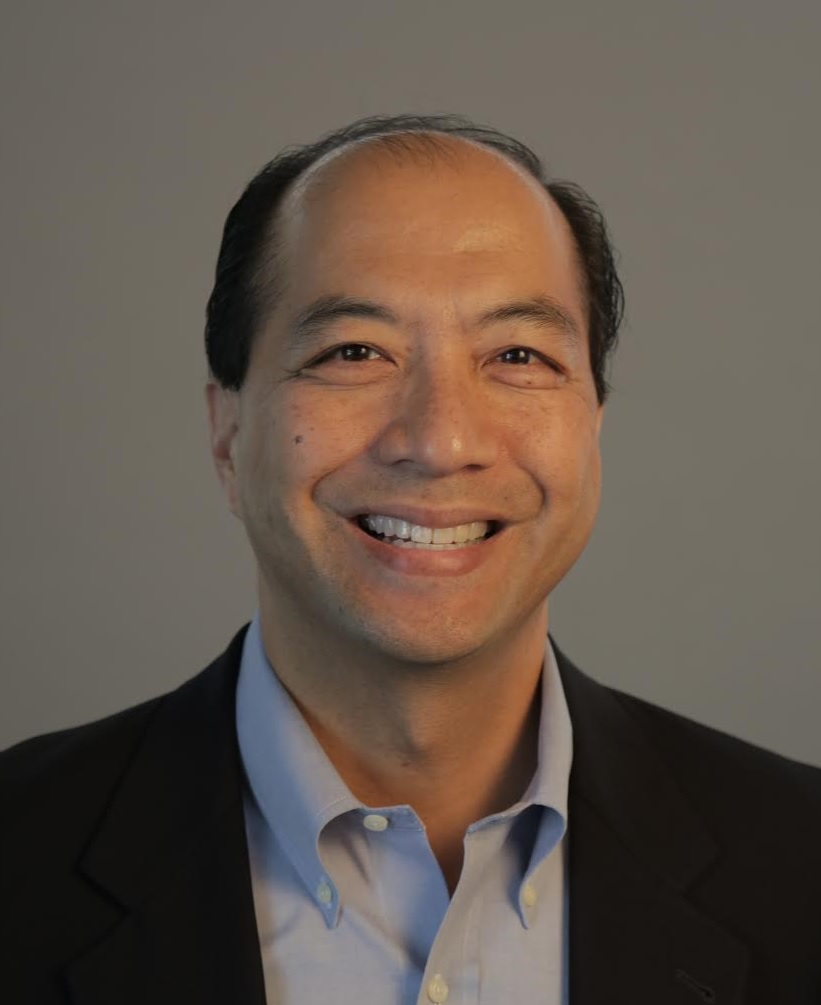Oct 13
2016
Unpacking Bill Clinton’s Refreshingly Candid Comments on the ACA
Guest post Ken Perez, vice president of healthcare policy, Omnicell.

A recent poll conducted by Monmouth University concluded that “fully 70 percent of American voters say that this year’s presidential campaign has brought out the worst in people.”
Undoubtedly and sadly, in this era in which fact-checking of candidate statements is essential, a majority of Americans believe that all politicians lie or at least that they lie often.
That prevailing sentiment is what made former President Bill Clinton’s candid riff about the Affordable Care Act at an Oct. 3 Democratic rally in Flint, Mich. so extraordinary. He stated, “…the current system works fine if you’re eligible for Medicaid, if you’re a lower-income working person, if you’re already on Medicare, or if you get enough subsidies on a modest income that you can afford your healthcare. But the people who are getting killed in this deal are small business people and who make just a little bit too much to get any of these subsidies. Why? Because they’re not organized. They don’t have any bargaining power with insurance companies. And they’re getting whacked. So you’ve got this crazy system where all of a sudden 25 million more people have healthcare, and then the people out there bustin’ it sometimes 60 hours a week end up with their premiums doubled and their coverage cut in half. It’s the craziest thing in the world.”
Unlike the ACA’s expansion of Medicaid, which has been blocked by 19 states that have declined to go along with the law, the health insurance exchanges have been operational for a number of years in all fifty states and the District of Columbia.
So how are the health insurance exchanges of this “crazy system” really doing and, to Clinton’s point, what’s happening to people who don’t qualify for subsidies?
Clinton was generous in saying that the “system works fine” for those who get subsidies. State regulators have used terms such as “near collapse,” “emergency situation,” “meltdown,” and “financial death spiral” to describe the condition of their exchanges. In total, the health insurance exchanges are way over budget, serve fewer people, and show signs of being unsustainable, which pushes health plans to cost shift by raising premiums for non-exchange insurance policies, especially employer-sponsored health insurance. The population paying for those policies include the people Clinton described as “bustin’ it sometimes 60 hours a week.”
Originally, the federal government was supposed to spend $136 billion from 2015-2019 on health insurance exchange subsidies. However, as more states than expected opted to have the federal government run their exchanges and because of the higher-risk pool of individuals participating in the exchanges—which led to premium hikes—the Congressional Budget Office (CBO) in August projected $278 billion in federal outlays for health insurance exchange subsidies for that period, leading to an overspending or budget deficit just for the subsidies of $142 billion for 2015-2019, a staggering amount, considering that it would basically cancel out the projected 10-year budget surplus for the entire health reform law. With even greater average premium hikes expected for 2017—24 percent for the non-group market—the CBO’s projection is clearly conservative and will certainly be revised upward.
Many states are reporting individual market rate hikes in 2017 well above the aforementioned national average. Minnesota’s approved increases range from 50 to 67 percent. Blue Cross Blue Shield of Tennessee will raise its rates by 62 percent. Golden Rule Insurance Co. in Kentucky received approval for a 47.2 percent rate increase, while Wellmark in Iowa will raise its rates by 42.6 percent. In Delaware, Highmark Blue Cross Blue Shield received approval for a 32.5 percent average rate increase, and Utah’s individual exchange health plans will rise on average 30 percent.
What’s driving these increases?
First, the health insurance exchanges have a smaller-than-expected enrollment population. The CBO originally projected exchange enrollment of 24 million people by 2016, but it has reduced its projection by about 40 percent to 13 million individuals. Furthermore, the CBO projects exchange enrollment to peak at 16 million in the next decade, a third less than the 24 million it predicted in March 2015.
Second, the exchanges have attracted an older, disproportionately sick, less-healthy risk pool. This has led to huge losses for many health plans, most notably a few national carriers, despite sizable premium increases. As a result, since the spring, three national health plans—UnitedHealthcare, Humana, and Aetna—and at least 15 other carriers have said that they are exiting exchanges across 36 states in 2017. Obviously, these insurer departures will significantly reduce consumer choice and competition, leading to further premium hikes.
Former Secretary of State Hillary Clinton’s solution to this quandary is the public option, an expansion of Medicare into the exchanges, while also providing coverage to the nation’s 11 million illegal aliens.
With smaller-than-expected, higher-risk pools, it’s become clear that the health insurance exchanges are generally unhealthy, unable to function as a normal, broad-based market for health insurance. The public option would not alter that fundamental reality, and with Medicare reimbursement rates considerably lower than commercial rates, hospitals would need to brace themselves for yet more financial pressure under a Clinton administration.